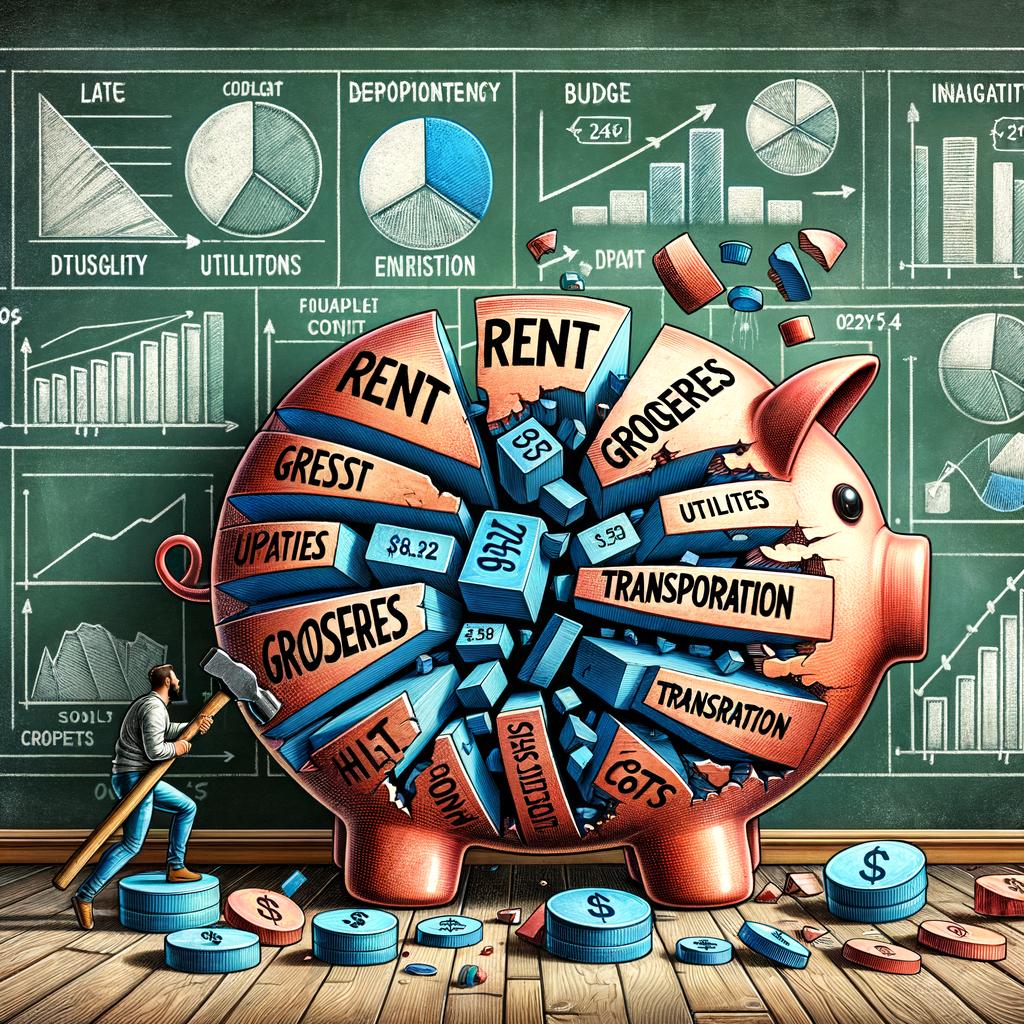A Closer Look at Flat-Rate vs. Tiered Pricing in Card Processing
Hey there, fellow business owners! Are you tired of the endless conundrum of choosing between flat-rate and tiered pricing when it comes to processing credit card transactions? Well, you’re in luck because we’re about to dive deep into the world of card processing to help you make an informed decision. Grab a cup of coffee and let’s explore the ins and outs of flat-rate vs. tiered pricing together!
Exploring the Differences: Flat-Rate vs. Tiered Pricing Structures
When it comes to choosing a pricing structure for card processing services, it’s essential to understand the differences between flat-rate and tiered pricing. Flat-rate pricing offers simplicity and transparency, with merchants paying a fixed fee for each transaction processed. This structure is great for businesses with consistent sales volumes and straightforward transaction types. On the other hand, tiered pricing involves different rates based on transaction criteria, such as card type, transaction amount, and processing method.
<p>With flat-rate pricing, merchants benefit from predictable costs and easy to understand fees. However, tiered pricing can be more cost-effective for businesses processing a high volume of transactions or dealing with varying transaction types. It offers flexibility and potential savings for merchants who take the time to understand the different tiers and optimize their processing strategies accordingly.</p>
Breaking Down the Costs: Understanding the Nitty Gritty Details
When it comes to choosing a payment processing system for your business, understanding the different pricing models is crucial. Flat-rate pricing and tiered pricing are the two main structures offered by most card processing companies. Flat-rate pricing is simple and transparent, charging a standard percentage fee for each transaction. On the other hand, tiered pricing separates transactions into different categories, each with its own rate based on factors like card type and transaction method. While flat-rate pricing may be more straightforward, tiered pricing could potentially save you money if you have a high volume of transactions in certain categories.
Before deciding on a pricing structure, it’s important to consider your business’s specific needs and transaction patterns. Flat-rate pricing may be a better choice for small businesses with consistent transaction amounts, while tiered pricing could benefit larger businesses with a wider range of transaction types. Ultimately, comparing the costs and benefits of each pricing model will help you make an informed decision that best suits your business’s financial goals.
Making the Right Choice: Tips for Selecting the Best Pricing Model
In the world of card processing, selecting the right pricing model is crucial for the success of your business. Understanding the differences between flat-rate and tiered pricing can help you make an informed decision that aligns with your financial goals.
Flat-Rate Pricing: This model offers simplicity and predictability, with a set percentage fee charged on all transactions. It’s great for businesses with consistent sales volume and those processing small transactions. However, keep in mind that flat-rate pricing may not be the most cost-effective option for businesses with high transaction amounts or varying sales volume.
Tiered Pricing: With tiered pricing, transactions are grouped into different tiers, each with its own pricing structure. This model can be beneficial for businesses with a wide range of transaction types and sizes. However, be cautious of hidden fees and potentially higher costs for certain transaction categories. Before making a decision, consider your business needs, sales volume, and transaction types to determine which pricing model is the best fit for you.
| Pros of Flat-Rate Pricing: | Cons of Flat-Rate Pricing: |
| Simple and predictable | Not cost-effective for high transaction amounts |
| Great for consistent sales volume | May not be ideal for businesses with varying sales volume |
Maximizing Savings: Strategies for Saving on Card Processing Fees
When it comes to saving on card processing fees, choosing the right pricing model can make a significant difference in how much you pay. Two common pricing structures are flat-rate and tiered pricing. With flat-rate pricing, you pay a set percentage for every transaction, regardless of the card type or transaction size. This can be convenient and predictable for businesses with low transaction volumes or those processing mostly debit cards.
On the other hand, tiered pricing categorizes transactions into different tiers based on factors like card type and transaction size. Each tier has a different rate, which can lead to lower fees for certain transactions but higher fees for others. It’s important to analyze your transaction history and understand your customers’ payment preferences to determine which pricing model will maximize your savings on card processing fees.
In Summary
And there you have it, a deep dive into the world of flat-rate and tiered pricing in card processing. Hopefully, this article has shed some light on the pros and cons of each pricing structure, helping you make an informed decision for your business. Whether you prefer the simplicity of flat-rate pricing or the potential savings of tiered pricing, remember to consider your individual business needs and transaction volume. After all, when it comes to choosing the right pricing model, it’s all about finding the perfect fit. Happy processing, and may your payments always be swift and seamless!






